6th Swiss Scultpure Exhibition Biel
M.Ziegler: Einführung
Introduction
Any society's intellectual tendencies and aesthetics can be deciphered from its environment. If we could look back from the future to the present time – what would the traces look like that we have left on the world around us? Would it be legitimate to speak of a visual era? Of an environment shaped by visually sensitive people?
Looking, visual apprehension – which I would like to distinguish from mere visual registration – do not seem to stand in very high regard these days; they are not qualities that are being particularly nurtured. Neither at school nor in the workplace, and only very rarely in their own homes, do our contemporaries attribute great significance to such categories. It looks as though there was little demand for artistic expression.
It is true that artists are tolerated: usually as decorators, and as entertainers; in the public consciousness, their works are commonly regarded as objects of luxury.
But is it not the very artist who – thanks to his education, his experience, his sensitivity – is an expert in visual affairs? If this were so, his expertise would absolutely have to be acknowledged as such and he would have to be involved in the shaping of our environment.
Concluding a five-year hiatus, Biel again has occasion to present a great overview of Swiss sculptural art. The Jury have selected some 160 sculptures, objects and projects from among almost 800 registered works submitted by approximately 250 artists. Our focus has been on large to monumental sculptures that are particularly well suited for open-air display, works that have been created for a location which is accessible to the public. It seemed to us that it would make sense to present the sculptures in an urban setting, in the everyday world of the population of Biel. The medieval town of Biel has been integrated into the exhibition – not as an exhibition "gallery" but rather as an exhibit: with its well-proportioned squares and sculptural spaces, this medieval town can well be considered an artistic "object" in its own right.
In Biel we have made two attempts that shall demonstrate how we envisage the involvement of the artist in the shaping of our environment. Artists, architects and various other experts came together to create large-scale environments – we call them "Atmospheres" (Klimas). The two experiments were made on two construction projects whose regular budgets already contained an item called "artistic design". As is customary, the artists' projects had to be approved by various committees. New briefs (integration of the artist at all stages of construction; endeavour to create "art in the public realm"), and the trust placed in the artists by everyone involved have produced new solutions.
One project – concerning Biel Teacher Training School (Seminare Biel) – has virtually reached completion. With regard to the second project, only the blueprints and models for the outdoor spaces of the Vocational School (Gewerbeschule) will be available when our Exhibition opens. This part will be complemented by a documentation of further projects and realisations throughout Switzerland.
Another important part of our Exhibition consists in various events, most of which will be organised together with existing institutions from Biel.
As a special "trailer" to the 6th Sculpture Exhibition, we would like to present a small selection of fifteen works from the 1st Swiss Open-Air Sculpture Exhibition held in 1954 in the grounds of Rittermatten school. The special exhibition pays homage to Marcel Joray, the founder, and organiser of the previous five exhibitions.
Maurice Ziegler
© Translation from German, July 2008: Margret Powell-Joss
-
Findlingskopf, Kunz Peter, expo 1975

-
Einhorn, Müller Erich, expo 1975
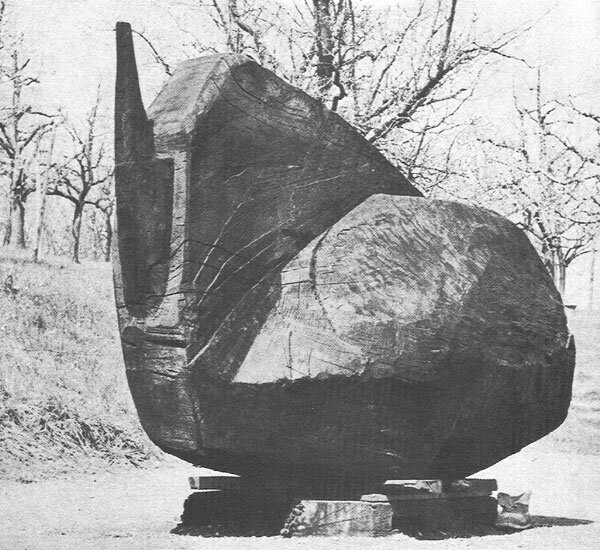
-
Figur I, Engel Michel, expo 1975

-
Don Quichotte, Richier Germaine, expo 1975

-
Gartenobjekt, Roth Dieter, expo 1975

-
Bronze-Beton-Scheibe III, Rehmann Erwin, expo 1975

-
Plastik auf rundem Sockel, Suter Paul, expo 1975

-
Projekt Spielplastik M 1:10, Megert Christian, expo 1975

-
„In Tuchfühlung treten…“, Buchwalder Ernst, expo 1975

-
Figur V, Wimpheimer Willy, expo 1975

-
Karyatide II, Stocker Ludwig, expo 1975

-
Die Plattform Noah’s, Gerber Hans, expo 1975

-
Gruppe mit zwei Figuren, Aeppli Eva, expo 1975

-
Saul und David, Zschokke Alex, expo 1975

-
Drei Figuren, Storrer Peter, expo 1975
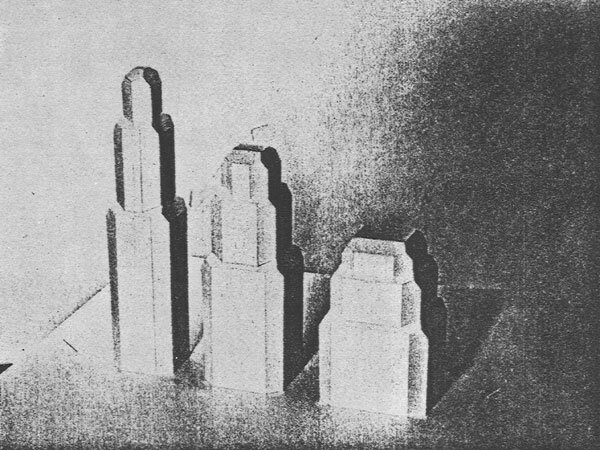
-
Metallplastik, Mattioli Silvio, expo 1975
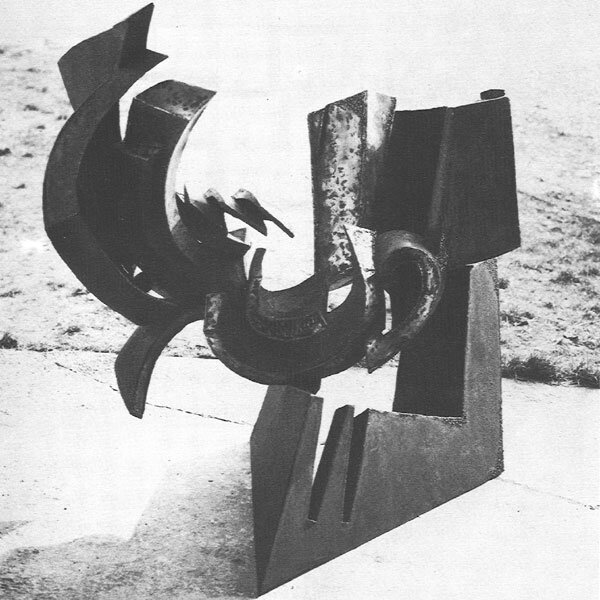
-
Kreuzfrau, Eggenschwiler Franz, expo 1975

-
Die Verschwörung, Hotz Roland, expo 1975

-
Enlacé, Torres Manuel, expo 1975

-
Windharfe, Küng René, expo 1975
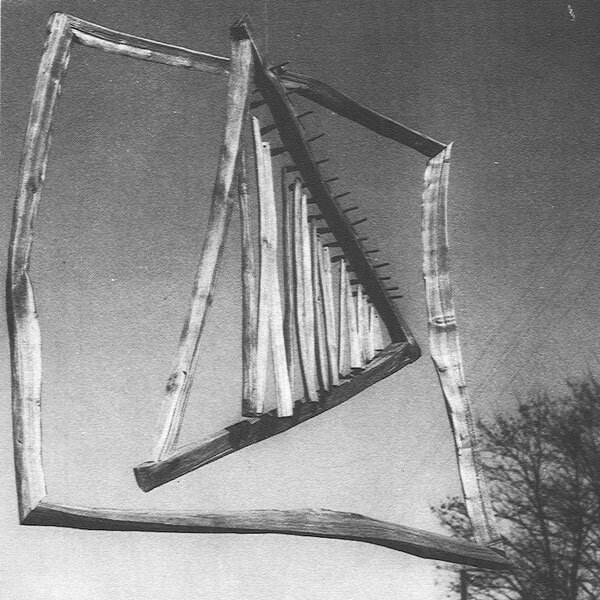
-
Redner, Fischer Franz, expo 1975

-
Fluidrose, Ponçet Antoine, expo 1975

-
Begehbare Platten, Lüchinger Thomas, expo 1975

-
Es ist nie zu spät für e Gartezwärg, Kunz Peter, expo 1975
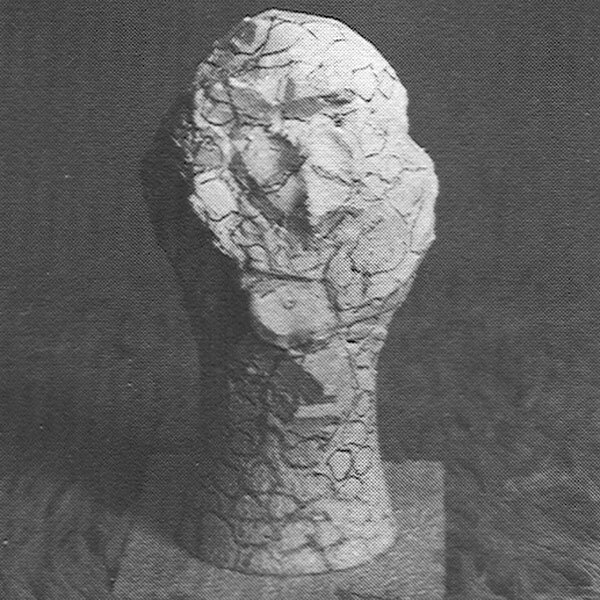
-
Zak, Staub Josef, expo 1975
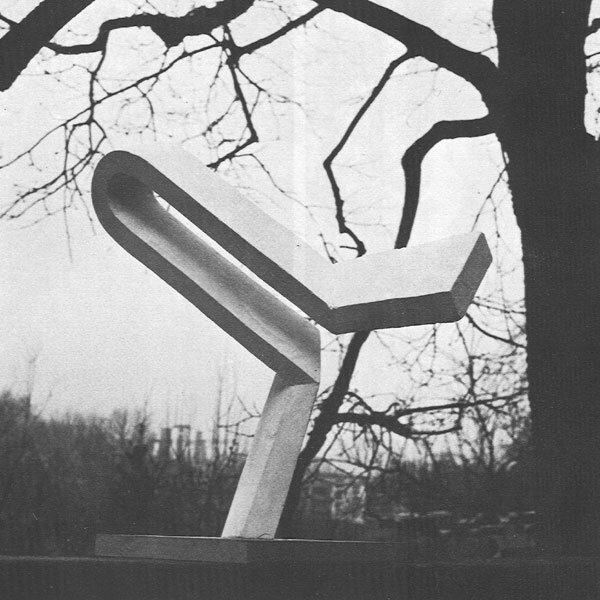
-
bild1, Armleder John Michael, expo 1975

-
Katharsis, D'Altri Arnold, expo 1975

-
bild1, Vetter Konrad, expo 1975

-
Fläche – Raum – Ecke – Fläche (5 Platten), Stäuble Jürg, expo 1975
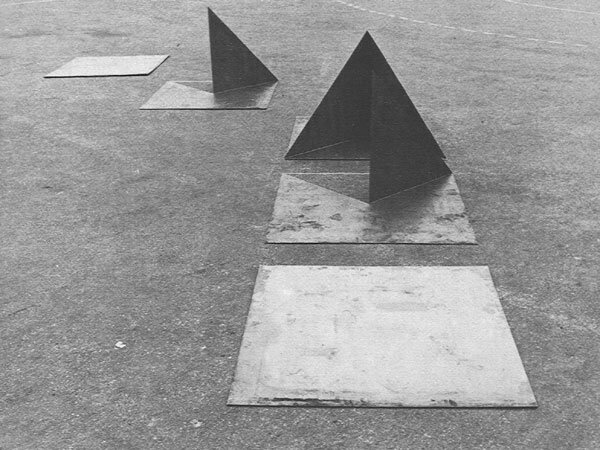
-
Komposition (Gegensätze), Teucher Otto, expo 1975

-
Lieudit II, Grossert Michaël, expo 1975

-
Holy Gost, Kohlbrenner Beat, expo 1975

-
Objekt I, Villiger Hannah, expo 1975

-
Segelflächen-Skulptur Nr. 3, Pfenninger Kaspar, expo 1975

-
Figure XIIa, Presset Henri, expo 1975

-
Grosser Klappwürfel, Vetter Konrad, expo 1975

-
Stilleben – nature morte, Egloff Anton, expo 1975

-
1974, Kretz Walter, expo 1975

-
Eisenplastik 5, Odermatt Josef Maria, expo 1975

-
Animus und Anima, D'Altri Arnold, expo 1975

-
Kampf, Flückiger Carlo, expo 1975

-
Durchbrochene Gestaltung, Fahrni Samuel, expo 1975
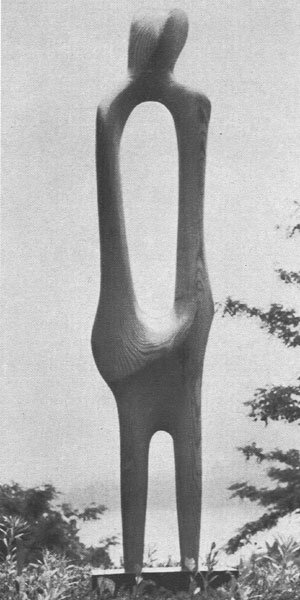
-
Karyathide, Brütsch Friedrich, expo 1975

-
1974, Kretz Walter, expo 1975

-
Hardsoftly – S 30, Bucher Carl, expo 1975

-
Rhythmus im Raum, Bill Max, expo 1975

-
Findling III, Pösinger Franz, expo 1975

-
3 Elemente (Reliefs), Imfeld Karl, expo 1975
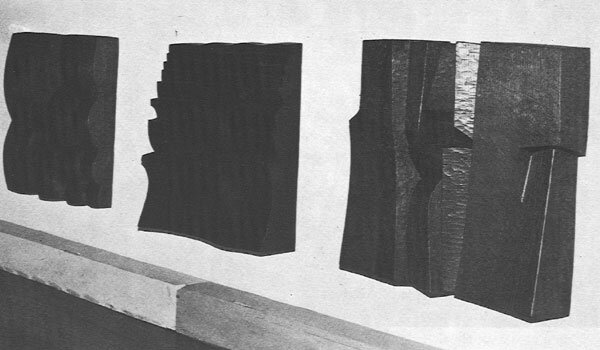
-
Etagère, Spoerri Daniel, expo 1975

-
Lichtplastik, Metzler Kurt Laurenz, expo 1975

-
Wasserorgel, Werro Roland, expo 1975

-
Forme confiante, Ponçet Antoine, expo 1975

-
Athéna, Berthoud Francis, expo 1975
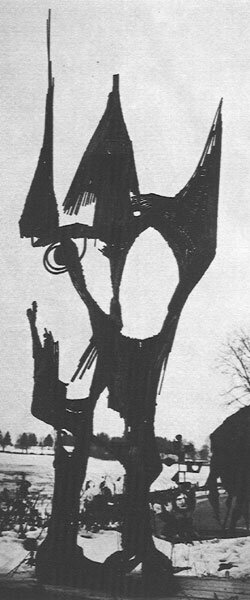
-
Isolquart, Granwehr Florin, expo 1975

-
Ago con Pelliccia, Paolucci Flavio, expo 1975

-
Sculpture II, Brunner Gottfried, expo 1975

-
Colonne BTG, Candolfi Serge, expo 1975
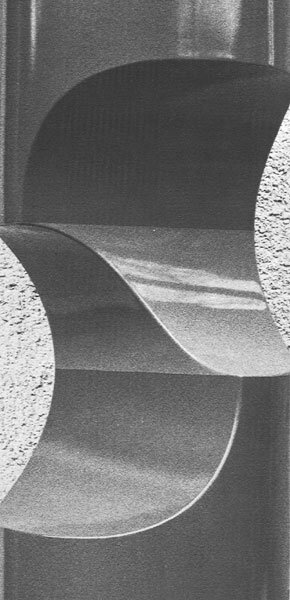
-
En Cuentro Volcado, Torres Manuel, expo 1975

-
E.5.G., Duarte Angel, expo 1975

-
Tinguely, Hofkunst Alfred, expo 1975

-
1975, Brand Heinz, expo 1975

-
Lozziwurm, Pestalozzi Ivan, expo 1975

-
bild1, Kathariner Alois, expo 1975

-
Sculpture, Ischi Pierre, expo 1975

-
Säulenweib, Meister Peter, expo 1975

-
Véronique, Schwarz Heinz, expo 1975

-
Stele (4-teilig), Grunder Mariann, expo 1975

-
PH-PH, Berger Ueli, expo 1975
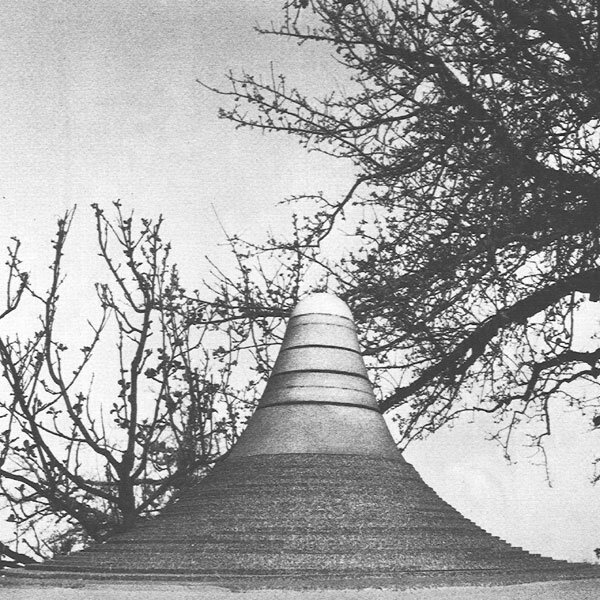
-
Projet Bienne, Huber Hans Rudolf, expo 1975

-
Maternité, Rehmann Erwin, expo 1975

-
Hakencat, Travaglini Peter, expo 1975

-
bild1, Nussbaumer Lorenz, expo 1975

-
Grosser Boss, Luginbühl Bernhard, expo 1975

-
Säule mit Kreuz, Balmer Lorenz, expo 1975

-
Sitzende, Steiger-Crawford Flora, expo 1975

-
Fragrant piece (men, Ducimetière Gérald, expo 1975

-
Sculpture I, Brunner Gottfried, expo 1975

-
Spiralen-Frau, Benazzi Raffael, expo 1975

-
Piano rhythmique, Linck Walter, expo 1975

-
Findling II, Pösinger Franz, expo 1975

-
Schyterbeige, Eggenschwiler Franz, expo 1975

-
Buluu, Huser Theodor, expo 1975

-
bild3, Camesi Gianfredo, expo 1975

-
In sich verhalten, Demut Trudi, expo 1975

-
Klappwürfel, Vetter Konrad, expo 1975
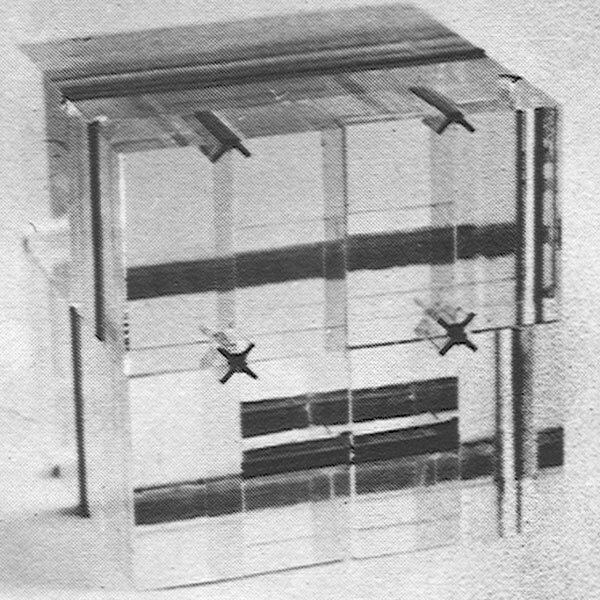
-
Wind – Pendelrad, Witschi Werner, expo 1975

-
Grosse Stehende, Steiger-Crawford Flora, expo 1975

-
Le Dix, Hächler Peter, expo 1975

-
Sunrise, Fontana Annemie, expo 1975

-
bild1, Camesi Gianfredo, expo 1975
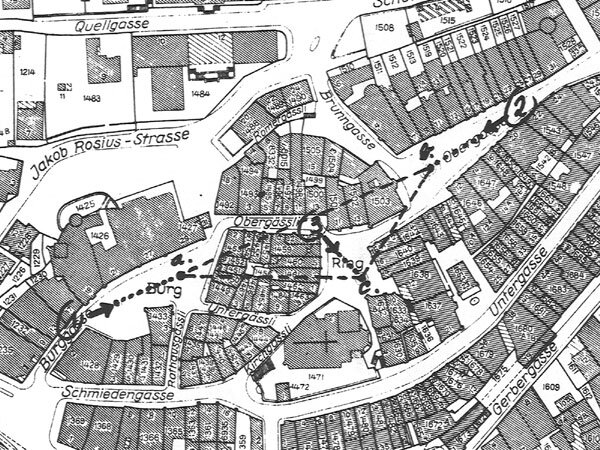
-
Barke, Egloff Anton, expo 1975

-
Selbstbildnis, Keller Gottfried, expo 1975

-
1974, Kretz Walter, expo 1975

-
bild3, Kathariner Alois, expo 1975

-
Chaos I, Tinguely Jean, expo 1975

-
Drahtplastik, Bodmer Walter, expo 1975

-
Eber, Probst Jacob, expo 1975

-
« Wo sich die Winde zum Spiele finden… », Hanselmann-Erne Adelheid, expo 1975

-
Neugierig, Demut Trudi, expo 1975

-
„Ist das wieder eine fatale Sommernacht…“, Weber Willy, expo 1975

-
Cuscino con Agio, Paolucci Flavio, expo 1975

-
Rythme, Emile Angéloz, expo 1975
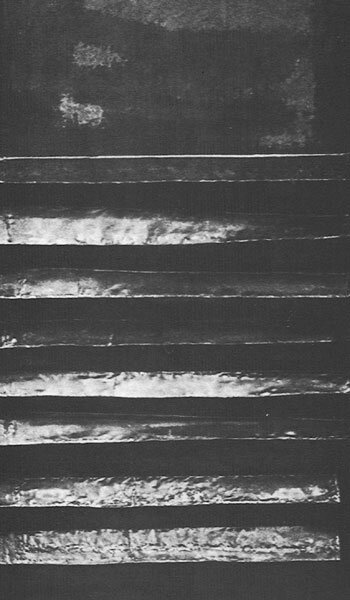
-
Eisenplastik 1, Odermatt Josef Maria, expo 1975

-
Hast noch der Berge ja…., Gerber Hans, expo 1975

-
Tubs C, Huber Hans Rudolf, expo 1975

-
1975, Brand Heinz, expo 1975

-
Eisenplastik II, Wiggli Oskar, expo 1975

-
Torse, Schwarz Heinz, expo 1975

-
Die Frau und die Schlange, Wyss Josef, expo 1975

-
Figur IV, Aeschbacher Hans, expo 1975

-
Janus-Mütter, D'Altri Arnold, expo 1975

-
La Spirale, Oppenheim Meret, expo 1975

-
Torse d’adolescente, Schwarz Heinz, expo 1975

-
„Monsieur X“, Berthoud Francis, expo 1975

-
Croce, Rossi Remo, expo 1975

-
Aldebaran, Ramseyer André, expo 1975

-
Figure Xa, Presset Henri, expo 1975

-
Begehbares Figurenfeld, Hutter Schang, expo 1975
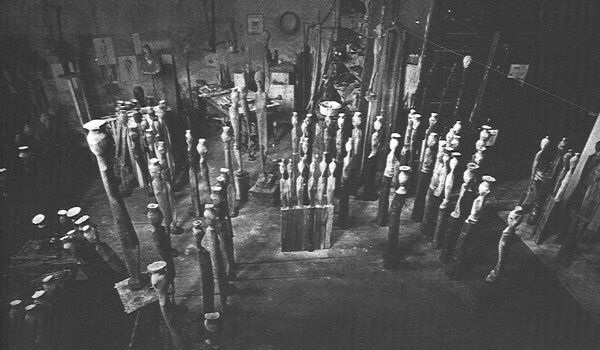
-
Figur I, Aeschbacher Hans, expo 1975

-
Torso der Aphrodite, Hubacher Hermann, expo 1975

-
Palais, Hefti Bernhard, expo 1975
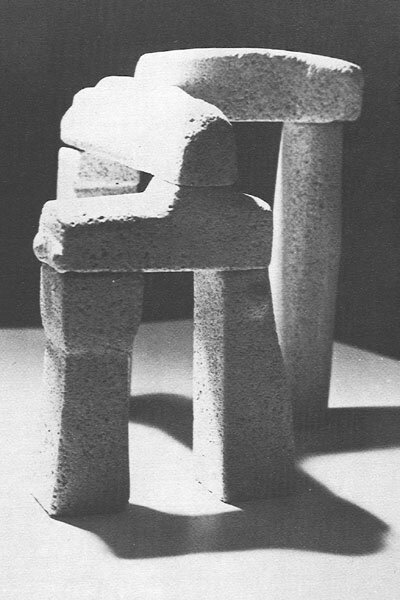
-
bild2, Kathariner Alois, expo 1975

-
2-er Gruppe, Grunder Mariann, expo 1975

-
Elément, Emile Angéloz, expo 1975

-
bild2, Camesi Gianfredo, expo 1975

-
Toro, Rossi Remo, expo 1975

-
Nathan, Tschannen Jürg, expo 1975

-
Mémorial pour une Indienne d’Amazonie, Gisiger Hansjörg, expo 1975
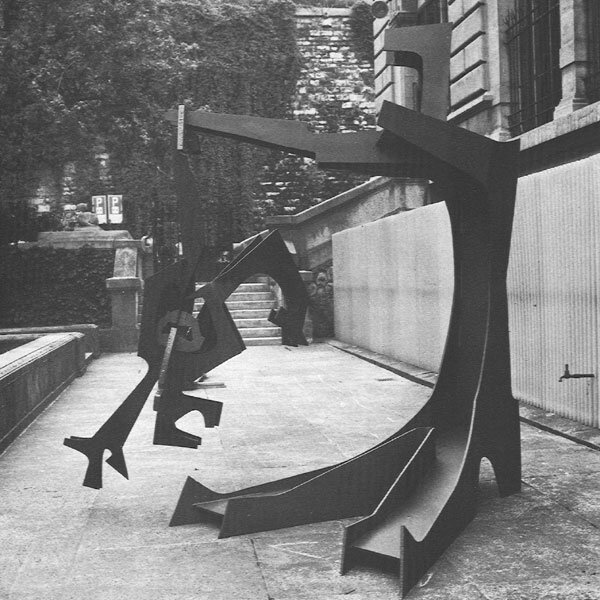
-
Signaltor, Engler Jakob, expo 1975

-
1975, Brand Heinz, expo 1975

-
Marbre rouge de Vérone, Müller Manuel, expo 1975

-
Figur II, Aeschbacher Hans, expo 1975

-
Grosses Rad, Küng René, expo 1975

-
Pavillonskulptur II, Bill Max, expo 1975

-
„Bitte kommen Sie doch …“, Brand Heinz, expo 1975

-
Holzsäule farbig, Kaufmann Walter, expo 1975

-
Cheops-Pyramide, Signer Roman, expo 1975

-
La Siciliana, Weiss Max, expo 1975

-
MAL 3-teilig, Fischli Hans, expo 1975

-
Begehbare Raumplastik, Pedretti Gian, expo 1975

-
Mère et enfant, Gisiger Hansjörg, expo 1975

-
Löwenturm, Roth Dieter, expo 1975

-
Knochenkiste, Iseli Rolf, expo 1975

-
Element 100, Luginbühl Bernhard, expo 1975

-
bild2, Nussbaumer Lorenz, expo 1975

-
Objet Soleure, Müller Robert, expo 1975

-
Urbanocoleopter, Moser Wilfried, expo 1975
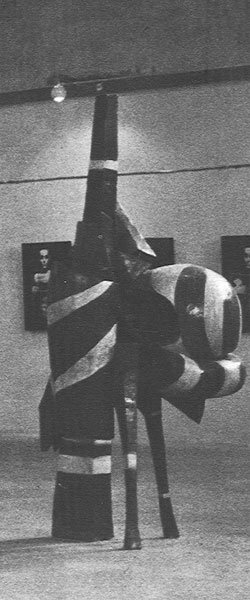
-
« Dimensionn unique » (Transmutation forme de terre) Unité II, Camesi Gianfredo, expo 1975

-
Kopfgruppe, Kunz Peter, expo 1975
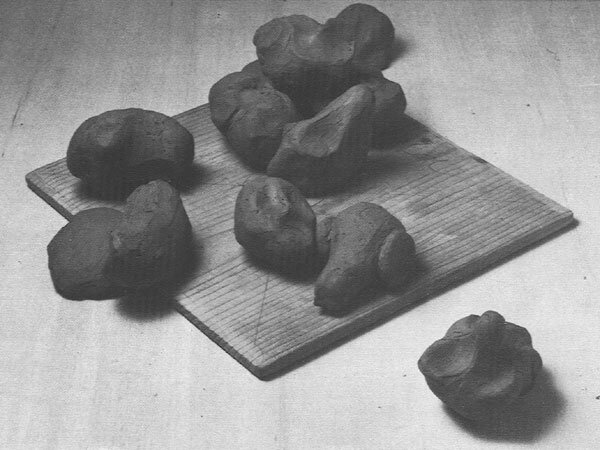
-
Rückhalt (Relief), Schaub Mischa, expo 1975

-
Baumstrunk, Huser Theodor, expo 1975

-
Hermes-Brunnen, Oppenheim Meret, expo 1975

-
Eisenplastik I, Wiggli Oskar, expo 1975

-
Objekt III, Villiger Hannah, expo 1975

-
Widder-Frau, Benazzi Raffael, expo 1975

-
Modell zu Figur I (Mst 1:6), Aeschbacher Hans, expo 1975

-
„High-Time“ Kapelle, Siegenthaler Albert, expo 1975

-
En Cuentro Horizontal, Torres Manuel, expo 1975

-
Vorprojekt künstlerische Gestaltung Kinderspital Bern, Megert Christian, expo 1975

-
Nostalgie (Kuh), Pedretti Giuliano, expo 1975

-
Colonne BTS, Candolfi Serge, expo 1975

-
Steinflügel, Sigrist Kurt, expo 1975

-
Findling I, Pösinger Franz, expo 1975

-
Fanfare, Müller Robert, expo 1975

-
Monument der zukünftigen Vergangenheit, Meister Peter, expo 1975

-
Glasskulptur 75/6, Mauboulès Jean, expo 1975

-
Der Menschenbaum, Fischer Franz, expo 1975

-
Danielle, Schwarz Heinz, expo 1975

-
bild2, Armleder John Michael, expo 1975

-
Refuge, Müller Robert, expo 1975

-
Werk Nr. 1503, Benazzi Raffael, expo 1975

-
bild2, Vetter Konrad, expo 1975

-
Metabolicium, Seibt Dieter, expo 1975
